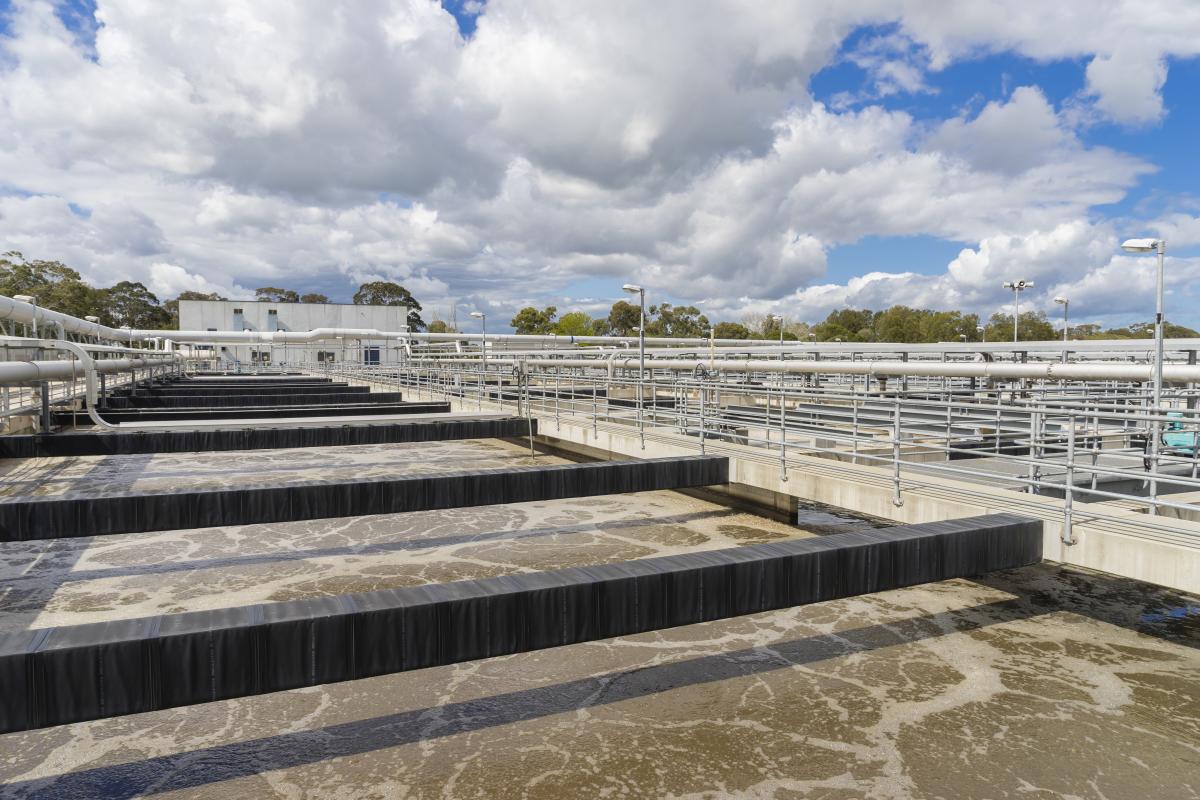A Fundamental Approach to Determining Intracellular Storage Products

In high-rate activated sludge (HRAS) systems, extracellular adsorption and intracellular storage have been referred to as the dominant mechanisms for capturing organic carbon from wastewater.
However, the quantification of storage products under short sludge retention time (SRT) of HRAS systems has rarely been studied until now. Since the measurement of storage products is complex and dependent on several variables, alternative solutions for substrate removal through storage are required to understand the high-rate system’s carbon capture efficiency.
In a paper published in New Biotechnology Journal, Treatment Engineer Arifur Rahman, Ph.D., PE, at right, and others propose a fundamental approach of determining the intracellular storage products from soluble organic carbon removal of domestic wastewater.
 A substrate partitioning approach was used that represents influent total chemical oxygen demand (COD) removal through storage, extracellular polymeric substance, biomass growth and energy production. The substrate partitioning approach based on stoichiometric analysis showed that storage accounted for 7–11% of influent soluble COD removal in A-stage systems operated at SRT range of 0.3–2 d. The stoichiometric analysis also showed that soluble COD removal through storage is dependent on dissolved oxygen (DO) level and removal through storage increased from 8 percent to 30 percent (influent soluble COD) when the DO level decreased from 2 to 0.01 mg/L at SRT of 1.5 d.
A substrate partitioning approach was used that represents influent total chemical oxygen demand (COD) removal through storage, extracellular polymeric substance, biomass growth and energy production. The substrate partitioning approach based on stoichiometric analysis showed that storage accounted for 7–11% of influent soluble COD removal in A-stage systems operated at SRT range of 0.3–2 d. The stoichiometric analysis also showed that soluble COD removal through storage is dependent on dissolved oxygen (DO) level and removal through storage increased from 8 percent to 30 percent (influent soluble COD) when the DO level decreased from 2 to 0.01 mg/L at SRT of 1.5 d.
New Biotechnology is the official journal of the European Federation of Biotechnology.


